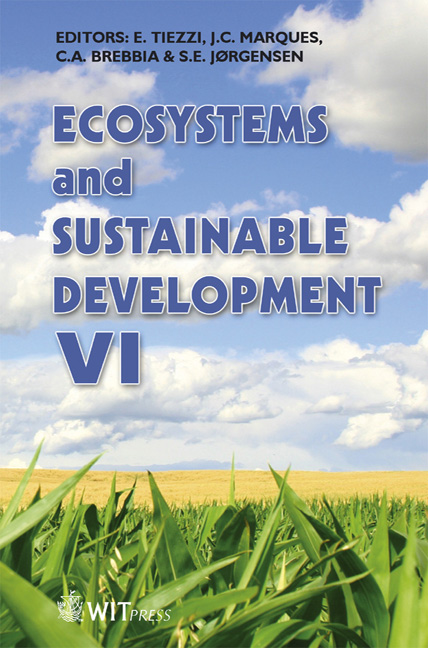Rural Development In Small Mountainous Settlements: Case Study Of Bojnord Region, North-eastern Part Of Iran
Price
Free (open access)
Transaction
Volume
106
Pages
7
Published
2007
Size
336 kb
Paper DOI
10.2495/ECO070301
Copyright
WIT Press
Author(s)
M. Taleshi
Abstract
More than 47% of the rural settlements (32147 units) in Iran have been spatially categorized as mountainous, which are characterized with their small size of population. This means that more than 85% of these settlements (27385 units) have a population of less than 100 households. Though lack of water and soil resources have caused these small settlements to be dispersed along the country as small villages, these have unique spatial functions, i.e. the stabilization of population and exploitation of the limited and scattered natural resources. The mountainous rural settlements of the area under study have the same environmental-ecologic conditions as discussed above. This study has proved that, during the last two decades, the destructive processes governing the ecologic conditions of the area have reached their highest level and severely worsened the soil erosion and destruction of many pastures. Thus, in 1981 only 15% of these small settlements experienced unsustainable conditions, but this increased to 57% by the year 2001. Therefore, in order to keep up the functional role of the mountainous settlements in micro and macro-spatial-levels, we need first of all to drastically change our approaches to Strategic Plans and so to development procedures at local, regional and national levels. Thus, through supporting and encouraging the rural households, sustaining the small mountainous settlements could be possible! On the other hand, the participative efforts of the villagers in the establishment of NGO must be widely promoted. Thus, establishment and support of the informal popular institutions in different parts can lead to control of the destruction of natural sources. Moreover, the realization and guarantee of the stable production and income and the right change to the provision of common services can result in stable rural development in mountainous areas. Keywords: rural development, instability, small settlements, participation, nongovernmental organizations.
Keywords
rural development, instability, small settlements, participation, nongovernmental organizations.





